Giving athletes the resources they require to succeed in their sports is something we at Etenwolf are enthusiastic about. Being a top sports goods business, we are aware that equipment maintenance is essential to peak performance. Sports ball inflation in cold weather is one area that frequently presents difficulties for sportsmen. Maintaining your balls at the optimal pressure is simple with the correct methods and our dependable ball air pump.

Understanding the Effects of Cold Weather on Ball Pressure
Cold weather can significantly impact the pressure inside sports balls, causing them to deflate more quickly than during warmer temperatures. This occurs because colder air is denser, leading to a decrease in air pressure within the ball. For athletes, this means that a ball that feels adequately inflated in warm conditions might feel flat when temperatures drop.
When using a ball air pump, it’s essential to account for the temperature changes and adjust accordingly. At Etenwolf, we recommend regularly checking your ball’s pressure, especially during the winter months, to ensure optimal performance on the field or court.
Tips for Inflating Balls in Cold Conditions
To effectively inflate sports balls in cold weather, several best practices can enhance the process. First and foremost, it’s crucial to have a quality ball air pump on hand. Our Etenwolf ball air pump is designed for quick and efficient inflation, making it a perfect choice for chilly conditions.
1. Warm Up the Ball Before Inflation
Before inflating your sports ball, try warming it up slightly. Bringing the ball indoors for a brief period can help raise its temperature, which in turn can increase the internal pressure. Even a few minutes in a warm environment can make a noticeable difference when using a ball air pump.
2. Use the Right Ball Air Pump
Choosing the right ball air pump is essential for effective inflation. Opt for an air pump that offers a pressure gauge, allowing you to monitor the PSI accurately as you inflate your ball. Our Etenwolf ball air pump is built with this feature for precise adjustments, ensuring that your balls remain at the optimal pressure even in cold weather.
3. Inflate Gradually
When using a ball air pump in cold weather, it’s advisable to inflate gradually. Pump the ball slowly while checking the pressure frequently. This approach helps prevent over-inflation, which can damage the ball, especially when temperatures fluctuate. By taking your time, you can achieve the desired pressure without compromising the ball's integrity.
Conclusion
It doesn't have to be difficult to inflate sports balls in chilly weather. At Etenwolf, we think that athletes can properly maintain their equipment in any temperature with the correct information and equipment, like our dependable ball air pump. Players can guarantee their balls are always game-ready by using high-quality goods, adhering to best practices for inflation, and comprehending how cold weather impacts ball pressure.

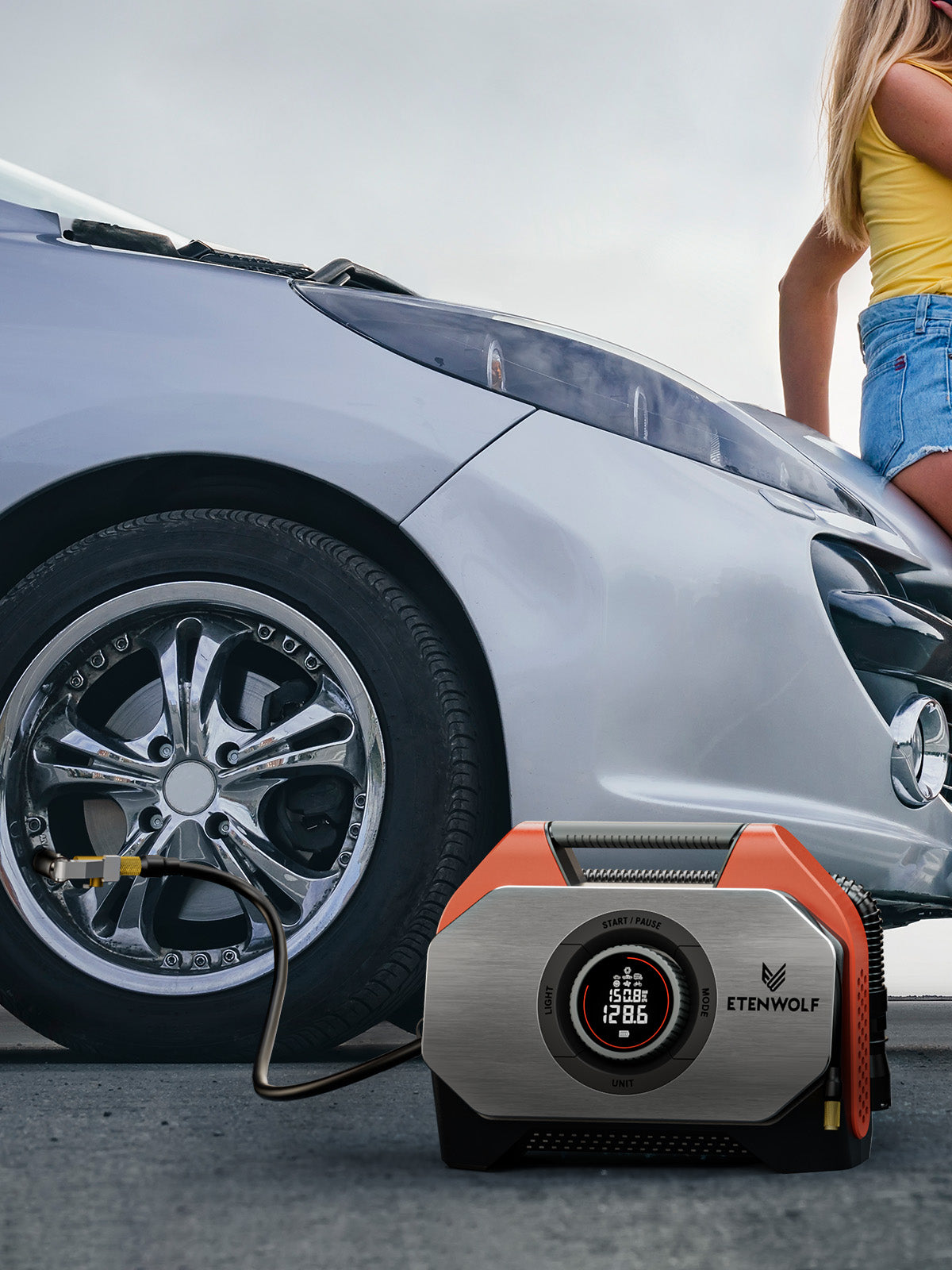
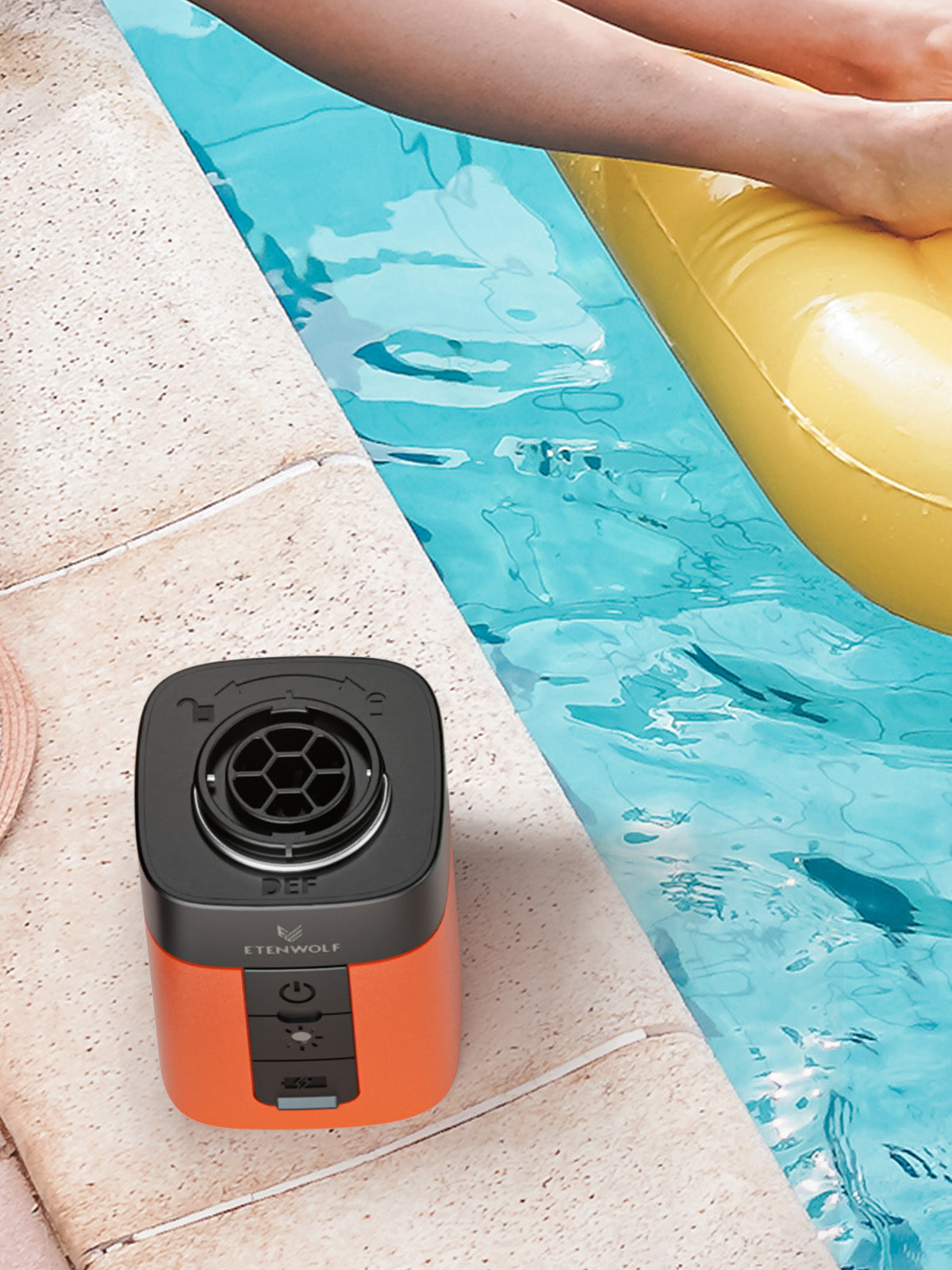
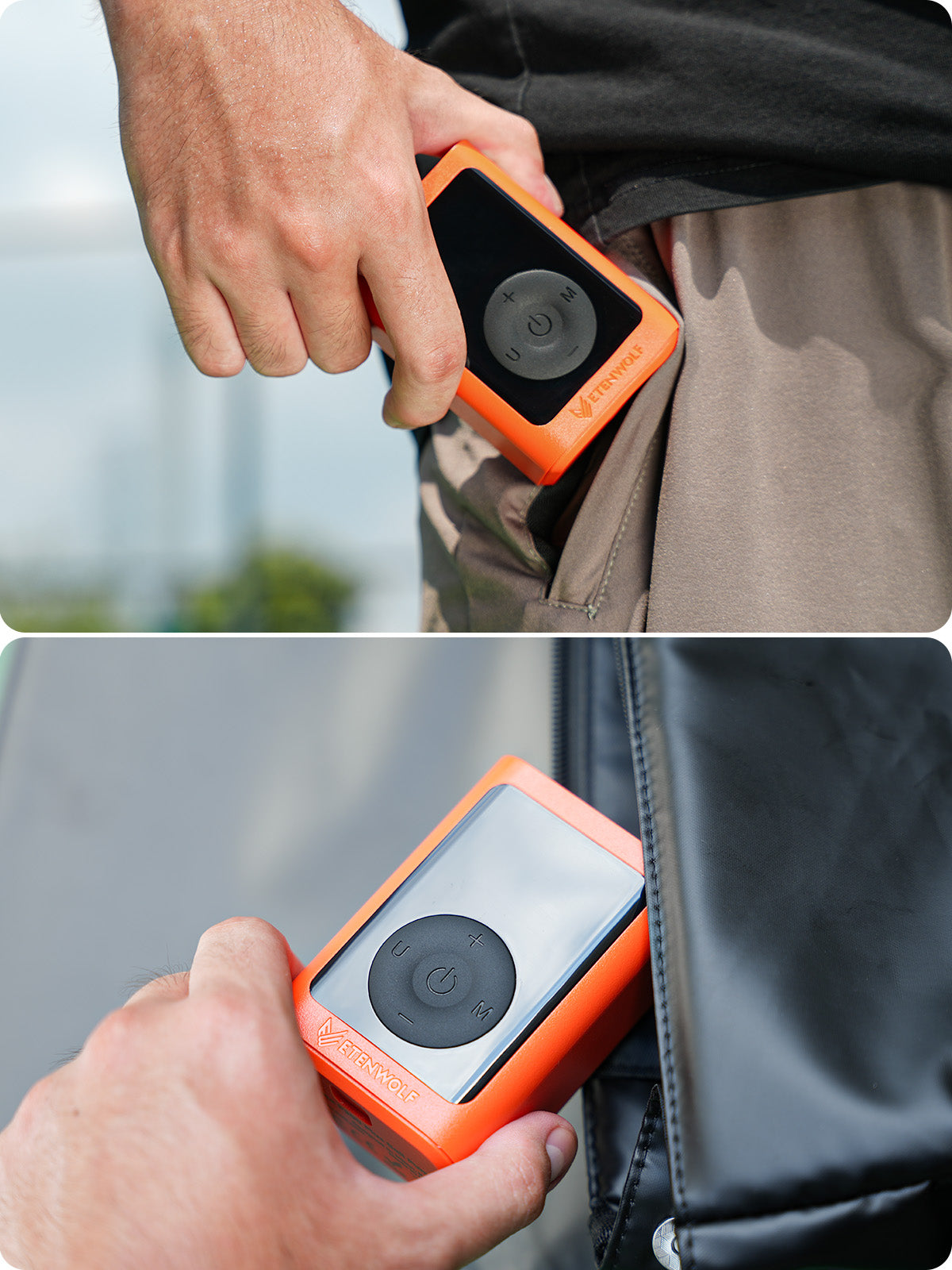
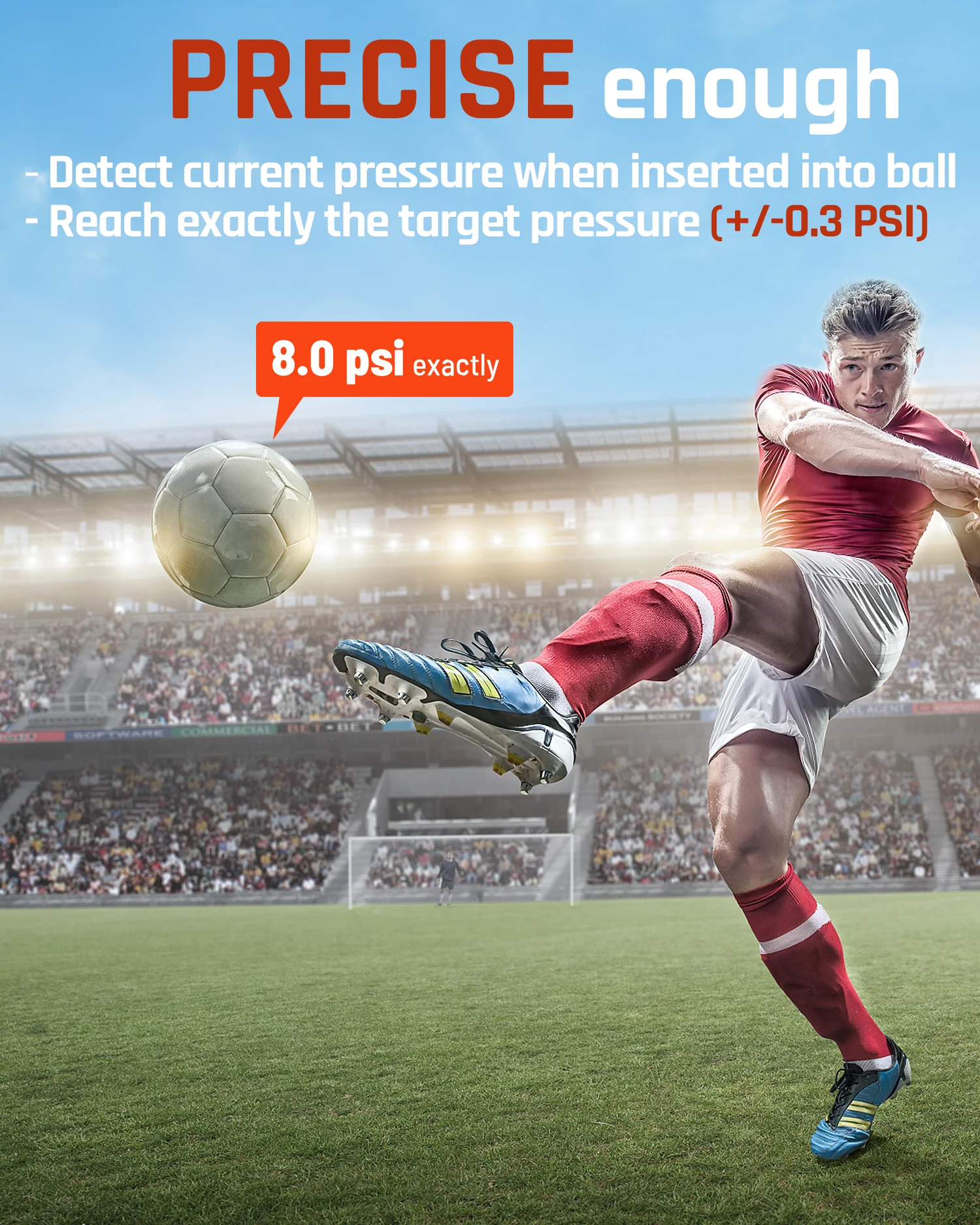
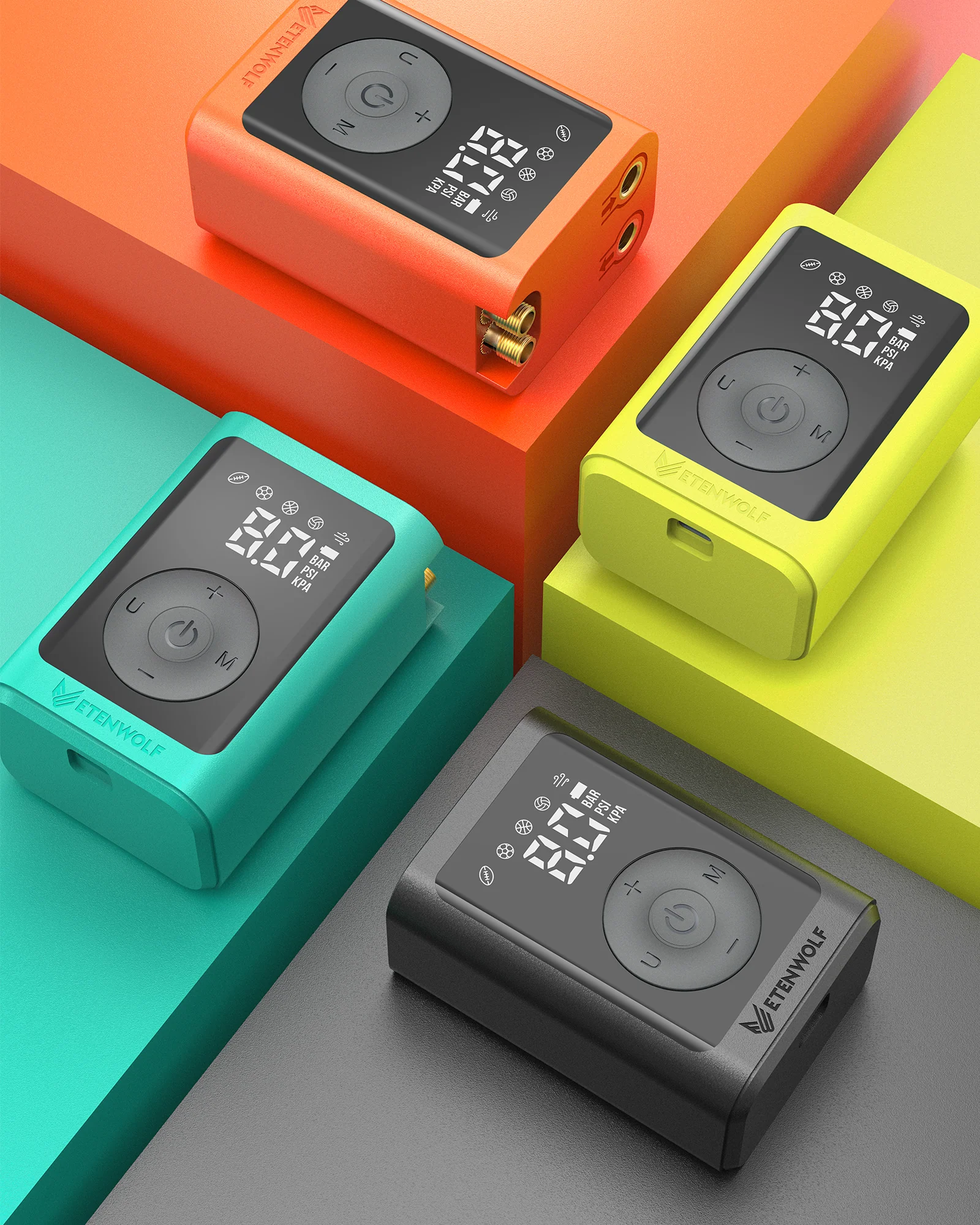
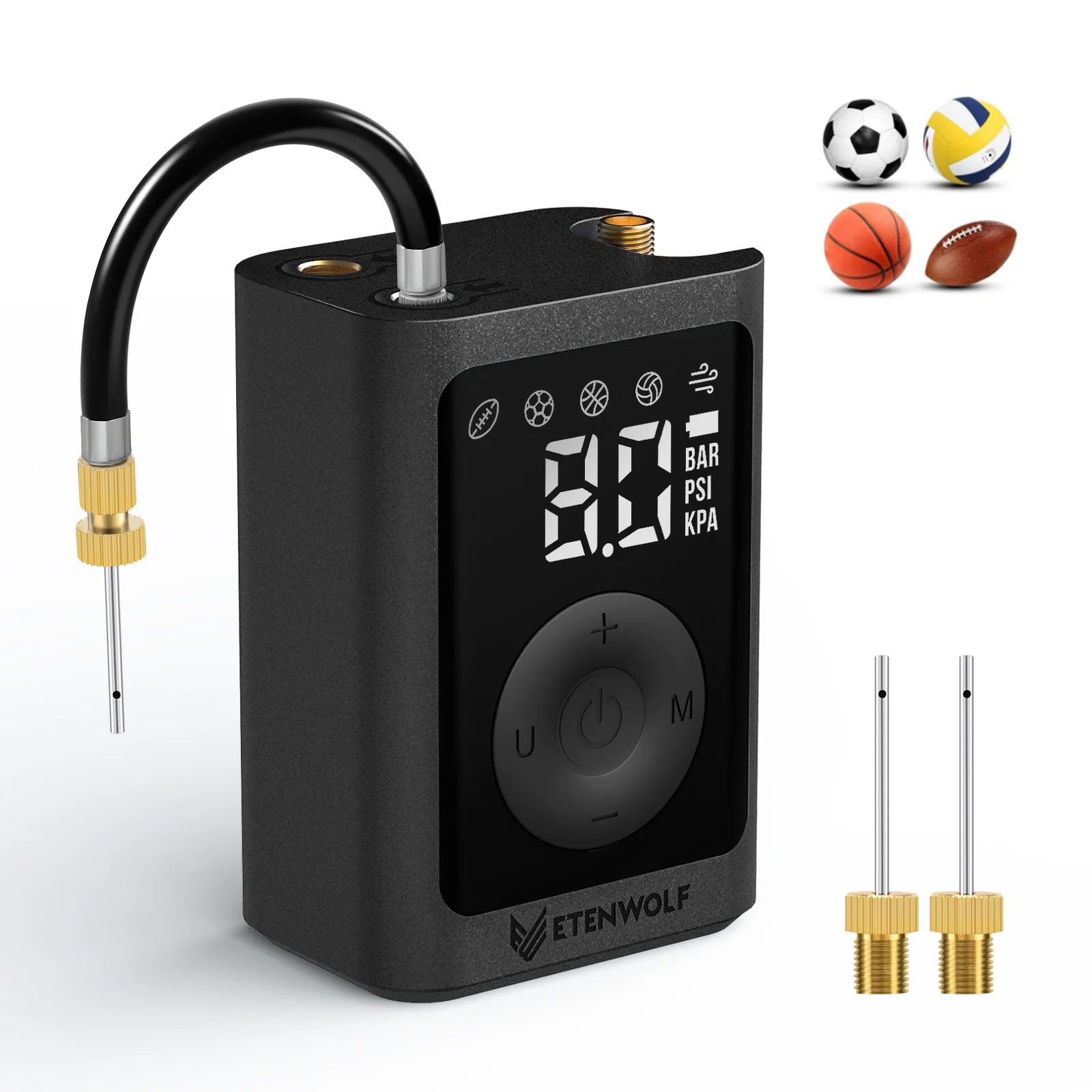
Leave a comment
This site is protected by hCaptcha and the hCaptcha Privacy Policy and Terms of Service apply.